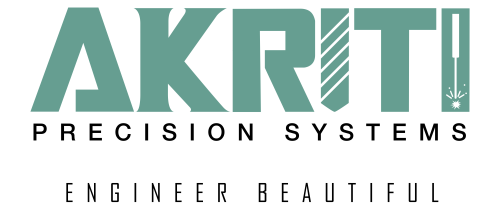In the dynamic landscape of modern manufacturing, CNC (Computer Numerical Control) machining stands as a cornerstone technology. Its ability to create intricate and precise components with unparalleled efficiency has revolutionized industries ranging from aerospace to medical devices. However, achieving optimal accuracy and precision in CNC machining requires a multifaceted approach. In this comprehensive blog, we delve into expert strategies, drawing insights from reputable sources and industry trends.
1. Utilize High-Quality Tools and Materials
Investing in top-notch cutting tools and materials is non-negotiable. Inferior tools can compromise accuracy, leading to subpar results. High-quality components ensure consistent performance and reliable outcomes1.
2. Regular Maintenance for CNC Machines
Maintaining your CNC milling machine is akin to caring for a precision instrument. Regular cleaning, lubrication, and calibration are essential. Proper maintenance minimizes wear and tear, preserving accuracy and precision1.
3. Inspect Workpiece Material Thoroughly
Before milling, meticulously examine the workpiece material. Surface defects or impurities can cause uneven tool wear, affecting precision. A clean, defect-free workpiece is crucial for accurate machining1.
4. Verify Tool Length and Diameter
Precise measurements of tool length and diameter are fundamental. Incorrect dimensions lead to uneven cutting depths, compromising accuracy. Double-check before initiating the milling process1.
5. Optimize Cutting Parameters
Fine-tuning cutting parameters significantly impacts precision. Adjust feed rates, spindle speeds, and depth of cut to achieve optimal results. Simulation software aids in process validation2.
6. Secure Workpieces Effectively
Proper workholding prevents movement during machining. Whether using vises, clamps, or fixtures, secure workpieces to maintain accuracy. A stable setup ensures consistent results2.
7. Implement Stringent Quality Control Measures
Regular inspections and measurements are essential. Use micrometers, calipers, and coordinate measuring machines (CMMs) to verify dimensions. Quality control ensures adherence to specifications3.
8. Understand Material Properties
Different materials behave distinctively during machining. Consider factors like hardness, thermal conductivity, and chip formation. Adjust machining parameters accordingly for optimal precision4.
9. Collaborate with Skilled Machinists
Expertise matters. Skilled machinists understand nuances, troubleshoot issues, and optimize processes. Their insights enhance accuracy and precision3.
10. Stay Abreast of Industry Trends
The CNC landscape evolves rapidly. Keep an eye on trends like additive manufacturing, automation, and digital twins. Adapt to technological advancements for sustained precision1.
In conclusion, achieving precision and accuracy in CNC machining demands a holistic approach. By following these expert strategies, you’ll elevate your machining endeavors to new heights. Remember, precision isn’t just a goal—it’s a commitment to excellence in every component you create1.
References:


